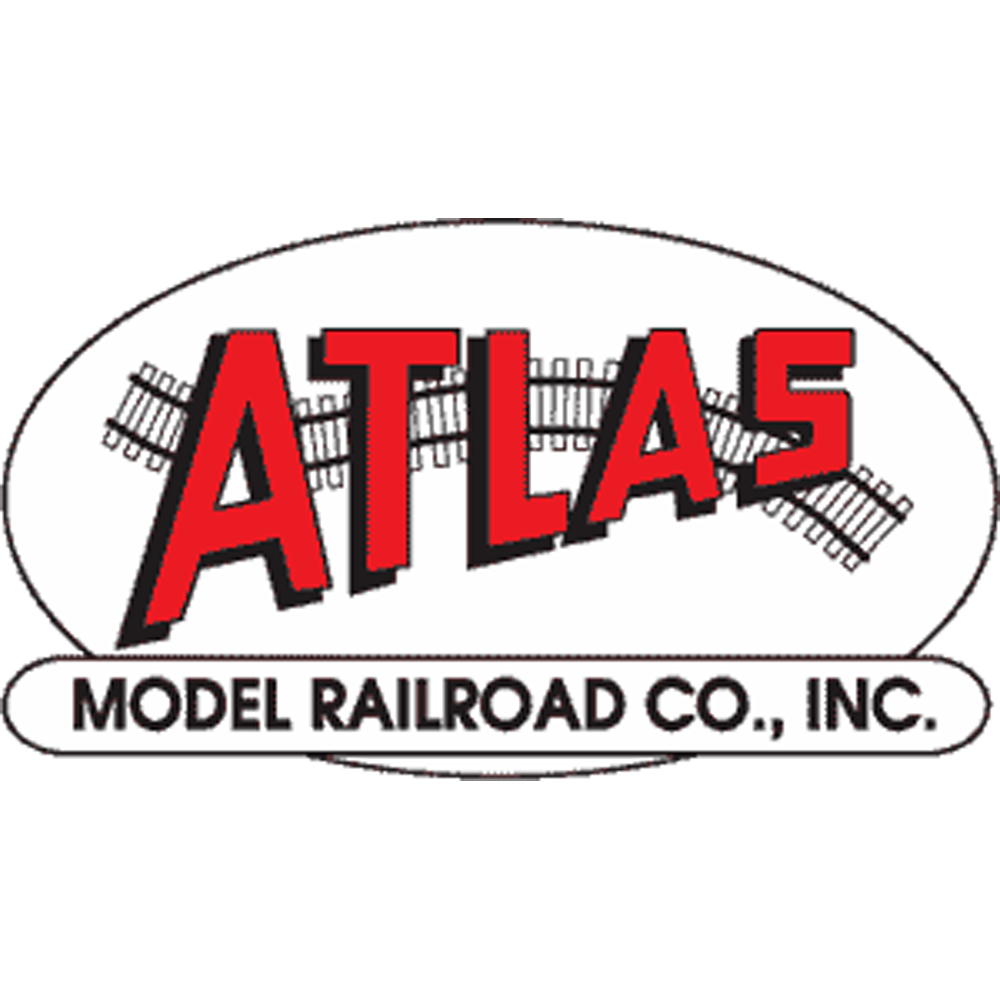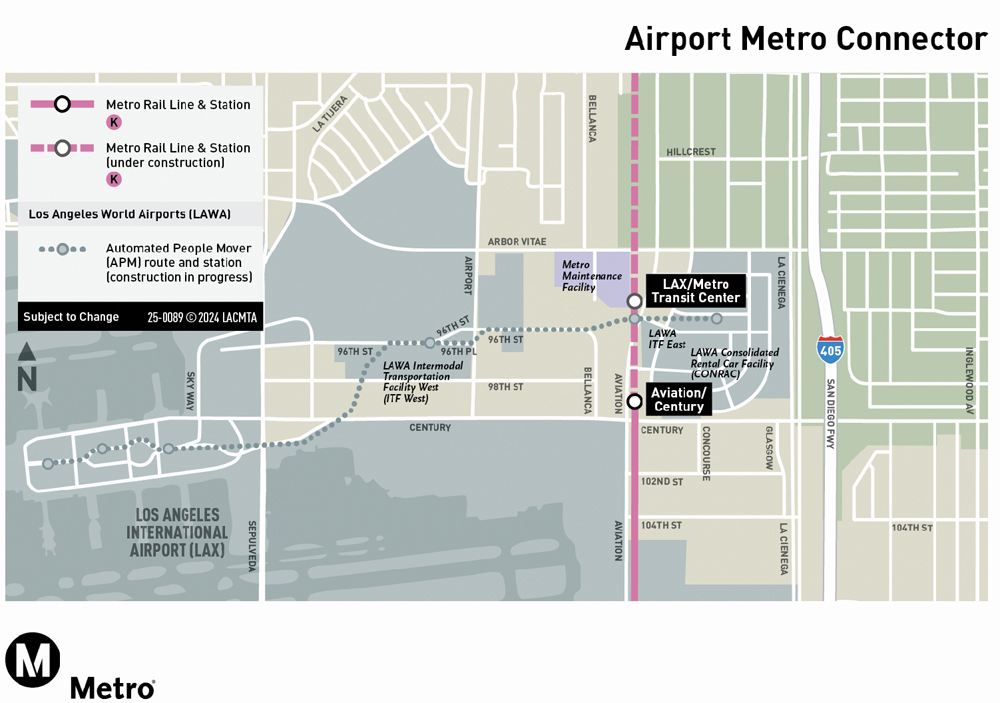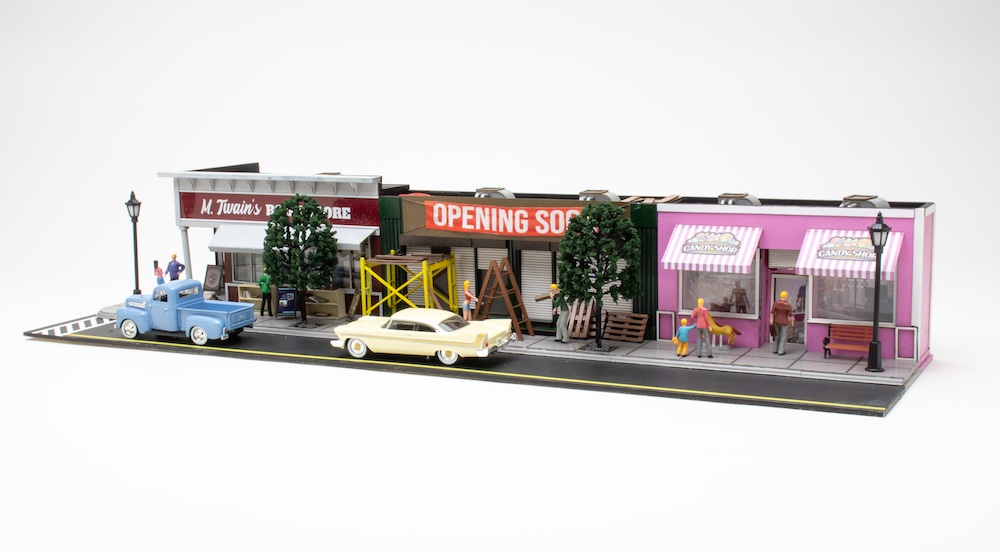Famed industrial designer Raymond Loewy designed the exterior, and he skillfully kept ornamentation to a minimum. The result was a massive locomotive that looked like a rocket ready to take off. The locomotive and tender tipped the scales at a staggering 1 million pounds, a weight normally measured only on large articulated freight locomotives.
The S1 was a 1939 product of the Pennsy’s Altoona, Pa., shops, and it was broken in, so to speak, on rollers as a stationary running exhibit at the New York World’s Fair. During its two-year show biz stint, the locomotive bore the moniker “American Railroads” instead of the Pennsylvania name, suggesting that whoppers like the S1 might be in the future for all progressive railway companies.
Once in regular revenue service, the S1’s size and rigid frame limited its operation to trains running between Chicago and Crestline, Ohio. Over the course of the locomotive’s relatively short life, various sections of the streamlining were removed to improve maintenance access. The Pennsy scrapped the S1 in 1949.
The model
There are three models of the S1 on the market: a brass version from 3rd Rail (CTT, November 1999), a model from Lionel, and now this Premier line version from MTH Electric Trains.
The die-cast metal shell on this locomotive is incredible. It’s thick and heavy, as if it were the hull of a die-cast metal model of a battleship. The casting tempts you to run your fingers along the bullet-nose snout to feel whether it’s as smooth as it looks. And it is!
Six ridges run from the front of the locomotive down both sides of the shell, two of which continue the entire length of the locomotive. Looking at a side-view photo, the ridges appear to be just painted decoration, but rest assured that they are raised from the body.
The front coupler housing mirrors the prototype later in its life, with a square streamlined cover removed to facilitate operation and maintenance. For comparison, look at the photo of the prototype S1 on display at the New York fair.
The pilot has cast-in steps on both sides of the smokebox. They look great, and the single headlight has an edged accent as if it were part of one of the rocket ships in a Flash Gordon movie serial.
There are two marker lights and grab irons on the nose of the locomotive. Standing above the pilot is a red-and-gold plaque bearing the name of the Pennsylvania’s Chicago-to-New York express train, The Trail Blazer.
The flanks of the locomotive reminded me of MTH’s version of the Pennsy T1 4-4-4-4 steamer. They’re solid and imposing, with a surprising number of cast-in hatches and panels. The low-slung sides obscure the top half of the drive wheels, re-enforcing the mystique of this speed demon.
Inside the cab is an attractive, cast-in backhead with painted gauges and firebox glow. There are two crew figures, and the cab roof hatch slides open.
I found only one visual concession to model making. If you’re at “ground level” and look between the rear of the lead truck and the first set of drivers, you can see the screw that secures and guides the truck.
The tender is a gigantic, eight-wheeled no. 250-P-84 model. The upper deck is painted Tuscan red. If you lift toolbox lids on the tender’s upper deck you’ll find the jack for the MTH battery charger and the smoke unit’s on/off switch.
Painting and decoration are superb, and the locomotive’s Brunswick green color never looked better.
On the test track
Our sample Premier line S1 performed flawlessly.
In conventional-control mode with speed control turned on, the S1’s low-speed average was 12.9 scale mph, a wee bit high compared to other ProtoSound 2.0-equipped steamers we’ve tested. I suspect that this might be nudged a bit lower with additional break-in time.
In conventional-control mode, the high-speed average was 125.8 scale mph.
Drawbar pull for the 18-pound locomotive was an impressive 3 pounds, 12 ounces. Running at 18 volts in conventional-control mode, the S1 pulled our 25-plus car mixed make and vintage freight train at an even 76 scale mph.
I tend to push the limits on trains when I’m testing them, at times stopping them in neutral and then hitting the direction button with the voltage turned up. This jerks many locomotives to attention, but the S1 quietly glided up to the appropriate speed. Poetry in motion!
Just like the prototype, this locomotive needs wide curves and plenty of straight track. While this bad boy didn’t clip any scenery on my layout, that’s probably because the path had already been cleared by previous tests of “O-72 or wider” monsters.
The S1 ran very well on O-72 track, but even six-foot-diameter curves looked a bit snug. The wider the radius of your curves, the better this locomotive will appear.
I had half a notion that the six-wheeled lead trucks (or for that matter the 16 wheels of the tender) would have trouble running through track switches. While they rattled and roared going through Atlas O, Lionel, and MTH switches, all of the wheels stayed on track.
The smoke unit delivered a thick jet that I quickly shut off before I gassed myself out of the basement.
The ProtoSound 2.0 audio system offered a deep chuff and a robust whistle. The only oddity on our sample was an occasional spurious whistle blast.
A check of DCS command-control features – programming, control, and sound effects – showed that everything worked as expected.
The locomotive is mated to the tender by a standard wire tether. The more tethered locomotives I see, the uglier this arrangement gets. MTH needs to get cracking and adapt wireless technology to its rigs. Wireless is the way to go on O gauge steam locomotives.
The MTH Premier line 6-4-4-6 is a beautiful locomotive that was a pleasure to test. While the $1,300 price tag is certainly a discriminator, the appearance and fine operating characteristics of this model command the attention of Pennsy fans, streamline-era enthusiasts, and steam power junkies!















I have the S-1 from Lionel. It is a massive steam engine and is very well put together. It has tremendous pulling power. I am proud to have this in my collection.
I was looking for the article the CTT did on the Lionel editiopn of the S-1. Can you help?
this is a nice train